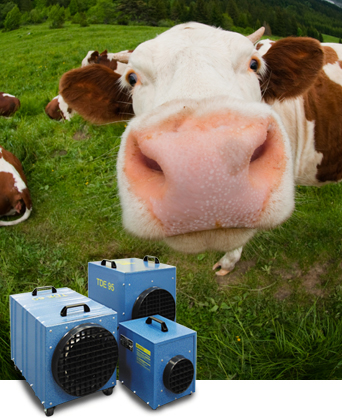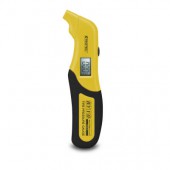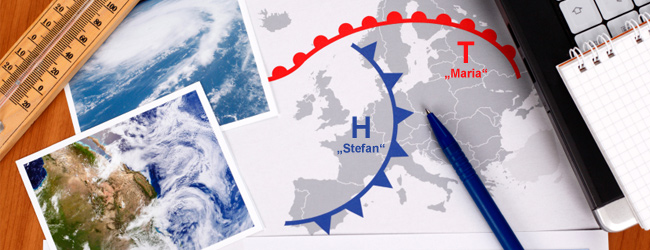 Cows can be very choosy. It’s a well-known fact. And being choosy, they tend to be very picky when it comes to the way they are kept.
Cows can be very choosy. It’s a well-known fact. And being choosy, they tend to be very picky when it comes to the way they are kept.
Cows are particularly partial to certain types of feed. And certain types of flooring. And they need to have enough room in their cowsheds to move about in. Some cows give the most milk when they listen to the strains of classical music (there are farmers who swear by Beethoven) and others that like to be pampered with a well-meant morning massage. But what – as any old dairy farmer would be only too happy to tell you – cows appreciate most of all is the right climate in their cowshed.
Cows hate high temperatures. Temperatures above 20°C can quickly trigger stress among the more tender-footed bovines. What cows really adore is a temperature somewhere between 4 and 16°C – a fact they are only too keen to display by producing high yields of high protein, high quality milk. But just as high temperatures often affect the milk output, so do low temperatures around freezing point. Now is the time to think about a flexible solution which will allow you to bridge the cold gap and provide you with a means of bringing the temperature in the cowshed up to the required temperature when the thermometer falls close to or below freezing.
The electric heaters in the TDE series are robust, no-nonsense heaters which have been designed especially for flexible, mobile use in the cowshed and in other farmyard scenarios
And now there’s a special autumn special offer on which you really won’t want to risk missing: a selection of second-hand models at knock-down prices – all checked by the manufacturer and all with a full year’s guarantee.
There’s no time to waste. Take the bull by the horns and invest in the mobile electric heaters in the TDE series – your cows will be moo-ved by the way you care for them.





